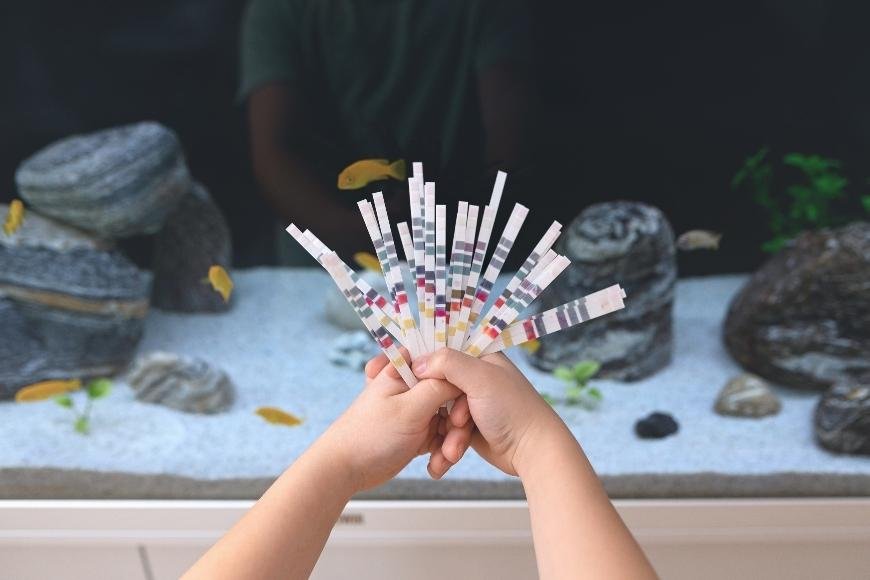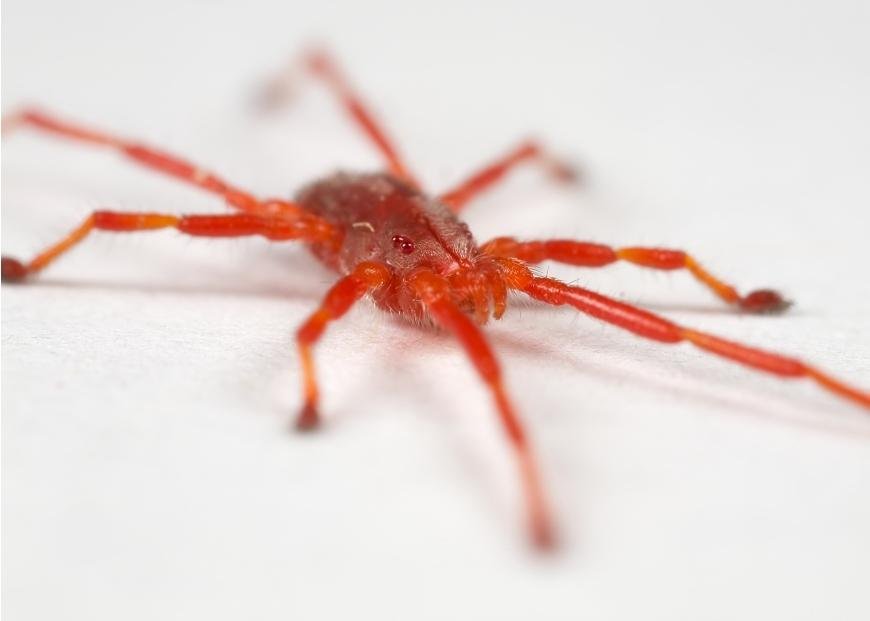How to Grow Mulungu
Learn how to grow Mulungu with our beginner's guide, covering location, soil preparation, planting seeds, and harvesting this herbal medicine.

Growing Mulungu plants can be a rewarding and fascinating experience for those interested in exploring the world of herbal medicine. In this blog post, we'll dive deep into how to grow Mulungu, covering everything from choosing the perfect location to harvesting and storing these erythrina species.
As an ancient remedy known for its calming effects, Erythrina mulungu has gained popularity among young adults seeking natural alternatives to recreational drugs. By following our comprehensive guide on how to grow Mulungu, you'll soon be able to cultivate your own Erythrina velutina plants and enjoy their soothing properties firsthand.
Read on as we unveil expert tips on soil preparation, planting techniques, pest control measures, and more – all essential knowledge for successfully growing healthy mulungu plants at home.
Table of Contents:
- Choosing the Perfect Spot for Mulungu
- Preparing the Soil
- Controlling Pests and Diseases
- Storing Mulungu: How to Preserve Its Potency and Quality
- Conclusion
Choosing the Perfect Spot for Mulungu
Want to grow healthy and productive Mulungu? Start by selecting the right location that balances sunlight, shade, and protection from harsh weather conditions.
Ensure your chosen area receives at least 6 hours of direct sunlight a day, but protect young Mulungu plants from scorching midday heat with some dappled shade or shading nets.
- Temperature: Mulungu thrives in warm temperatures between 68°F (20°C) and 86°F (30°C), but can tolerate mild frost.
- Wind Protection: Younger plants need protection from strong winds that could break their branches or uproot them entirely.
- Elevation: Grow Mulungu at elevations below 3,280 feet (1000 meters) above sea level as they tend not to perform well in higher altitudes.
Given enough space, Mulungu can reach heights of up to 50 feet (15 meters).
Preparing the Soil

Get ready to grow some amazing Mulungu by preparing the perfect soil - it should be well-draining, fertile, and have a pH level between 6.0 and 7.5.
Test your soil's pH using a home testing kit or by sending a sample to a lab, and amend it accordingly by adding lime or sulfur if it's too acidic or alkaline.
Enrich your garden bed with organic matter to improve fertility and drainage, and maintain proper acidity levels for optimal nutrient absorption.
Prevent waterlogging issues and root rot by ensuring good drainage in your soil, and consider creating raised beds filled with high-quality topsoil mixed with compost if your native soil is poor.
Practice crop rotation to minimize potential pest infestations and diseases caused by planting similar species repeatedly in the same area.
Planting Mulungu Seeds
Get ready to grow your own Mulungu plants with these simple steps for planting the seeds.
Start by soaking the high-quality Mulungu seeds in water for 24 hours to increase germination rates.
Next, prepare small pots or seed trays filled with well-draining soil mixtures like peat moss and perlite.
- Depth: Plant each seed about 1 inch deep into the soil mixture, ensuring that it's completely covered by soil.
- Spacing: Space out your seeds at least 2 inches apart from one another within each pot or tray for proper root development.
To ensure successful germination, keep the temperature at a consistent 75°F (24°C) for approximately two weeks to one month.
Once sprouted, ensure adequate sunlight exposure (6-8 hours daily) while keeping an eye on moisture levels; never let the soil dry out completely but avoid overwatering too.
Follow these essential tips for planting Mulungu seeds and soon you'll be enjoying the calming effects of your very own Mulungu plants.
Watering and Fertilizing
Healthy Mulungu plants need proper watering and fertilization techniques to grow optimally.
Water your plants consistently, keeping the soil moist but not overly saturated, and avoid wetting the foliage to prevent fungal diseases.
Use a moisture meter for accurate measurements and maintain even moisture levels throughout the soil with drip irrigation systems or soaker hoses.
Fertilize your plants with a balanced fertilizer containing equal parts nitrogen, phosphorus, and potassium twice in the growing season to promote strong and healthy growth; slow-release granular fertilizers are recommended for best results.
Follow these guidelines to nurture strong, healthy Mulungu plants.
Controlling Pests and Diseases

Don't let pests and diseases ruin your Mulungu plants - take control with these tips.
- Beware of spider mites, pesky critters that suck the life out of your plants - treat them with a mixture of water and mild dish soap or neem oil.
- Prevent powdery mildew by ensuring proper air circulation, avoiding overwatering, and applying a preventative fungicide spray made from baking soda and water.
- If you notice symptoms of powdery mildew, remove infected parts promptly and treat your plants with a fungicide specifically designed for this issue.
Stay vigilant and address any issues early to keep your Mulungu plants healthy and thriving.
Harvesting Mulungu: Tips for Preserving Potency and Quality
Harvest Mulungu when the seeds have fully matured, around 90 days after planting, and look for signs such as darkening of seed pods or splitting open of the pods revealing reddish-brown seeds inside.
Use clean pruning shears or scissors to cut off branches with ripe seed pods, remove all leaves, and hang the branches upside down in a well-ventilated area away from direct sunlight to dry out properly.
It usually takes about two weeks for them to become completely dry, and once dried thoroughly, carefully remove seeds from their pods by gently crushing them between your fingers over a clean container or tray.
Congratulations. You now have successfully harvested and dried Mulungu seeds that can be used medicinally or recreationally according to personal preference.
Storing Mulungu: How to Preserve Its Potency and Quality
Proper storage practices are essential to maintain the potency and quality of your harvested Mulungu plants.
Curing Your Harvested Mulungu
Cure your harvest by air-drying the branches for 1-2 weeks, then jar curing the leaves and flowers in glass jars for at least two more weeks.
Packing & Freezing
Maximize shelf life by freezing your cured Mulungu in airtight containers, leaving some room for expansion when frozen.
Maintaining Optimal Storage Conditions
Store your frozen Mulungu in a dark and cool environment, and label each container with the date it was stored to keep track of its age.
By following these storage practices, you can enjoy the soothing effects of Mulungu for an extended period.
Conclusion
Growing Mulungu can be a rewarding experience for those who enjoy natural remedies for anxiety and stress. Choose a sunny location and prepare nutrient-rich soil to ensure healthy growth. Plant your seeds carefully and water and fertilize regularly while keeping an eye out for pests and diseases. Proper storage is key to maintaining the potency of your harvested Mulungu plants. For more information on the benefits of Mulungu, check out this credible source.




































































































































